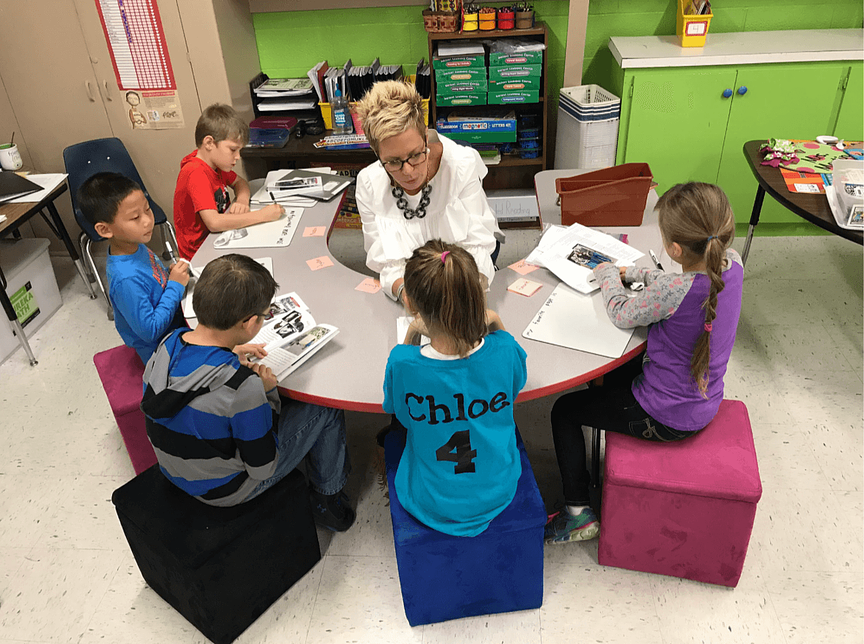Reading comprehension requires a range of abilities, such as observing, describing and inferring. These skills can be difficult to develop in students, particularly those who are still learning to read. When practising reading, the effort is often predominantly placed on decoding words and identifying the superficial meaning of the sentences, rather than on developing a deeper understanding of the text. As a result, students can struggle to answer questions about the text that require higher-level thinking skills.
Picture of the Day is a simple idea that can improve reading comprehension by transferring the critical analysis from reading a text to exploring a picture. Without having to focus on decoding words, energy can be directed at developing inference and critical thinking skills.
Students look closely at a picture and answer two questions:what can I see and what do I think? The first question focuses on facts and observations, while in the second students make inferences. By using a picture rather than a piece of writing, all students have an equal opportunity to share their ideas without being restricted by their reading level. Through questioning and discussion, students are encouraged to develop their ideas and are supported to become critical thinkers.
For children whose home language differs from the language of the classroom, Picture of the Day can be an especiallypowerful tool, as it can support learning of new vocabulary.
Picture of the Day can fit easilyinto a daily classroom routine. Oncelearners are familiar with the format, the exercise can be completed independently. Students are then able to apply the critical thinking skills they have developed through close observation of pictures to their reading. Teachers have observed that reading comprehension skills have improved after introducing Picture of the Day into their lessons.


